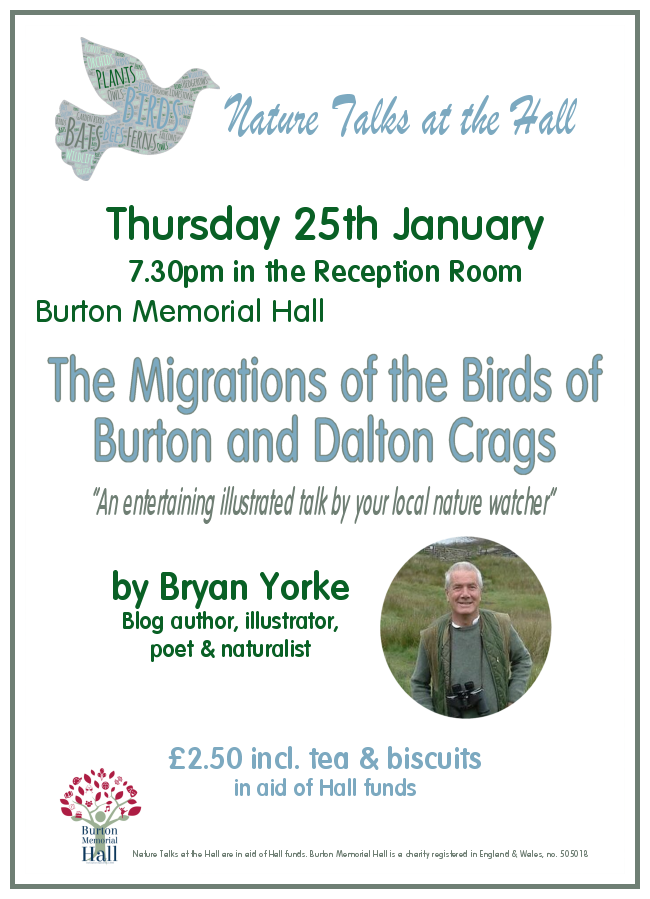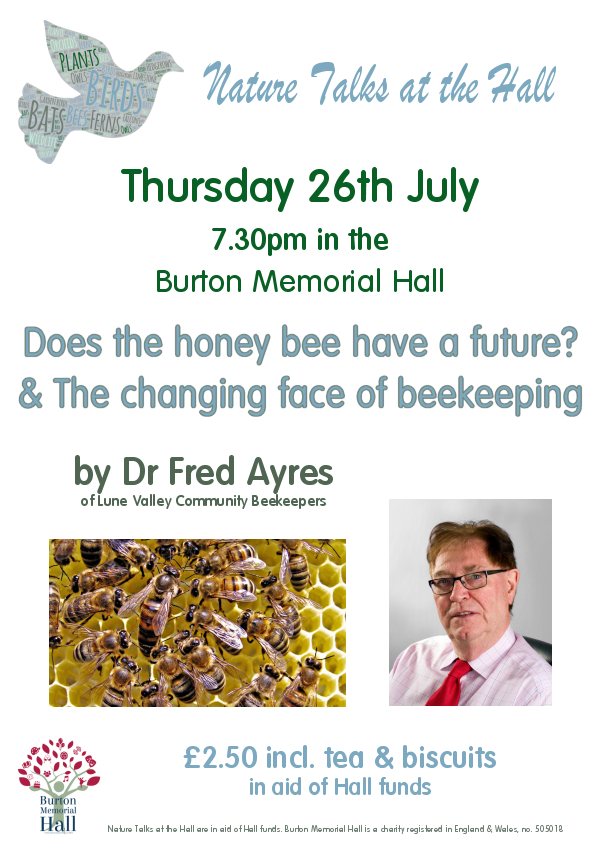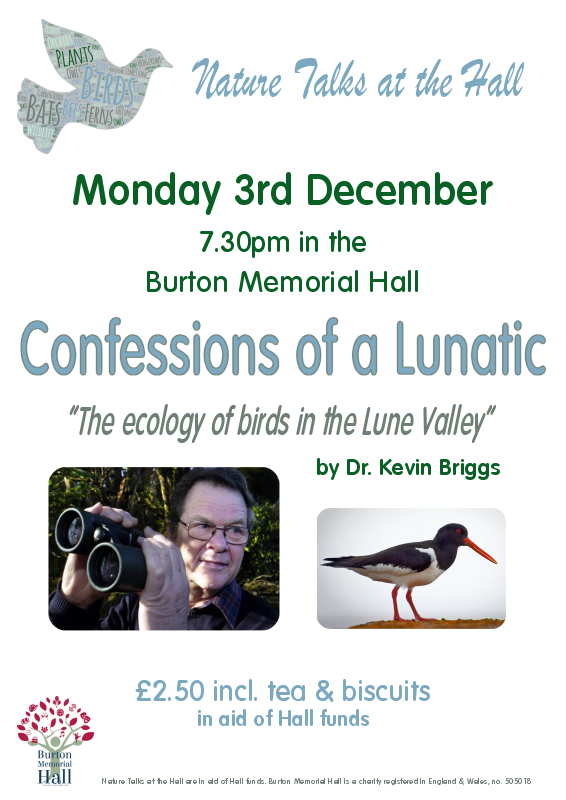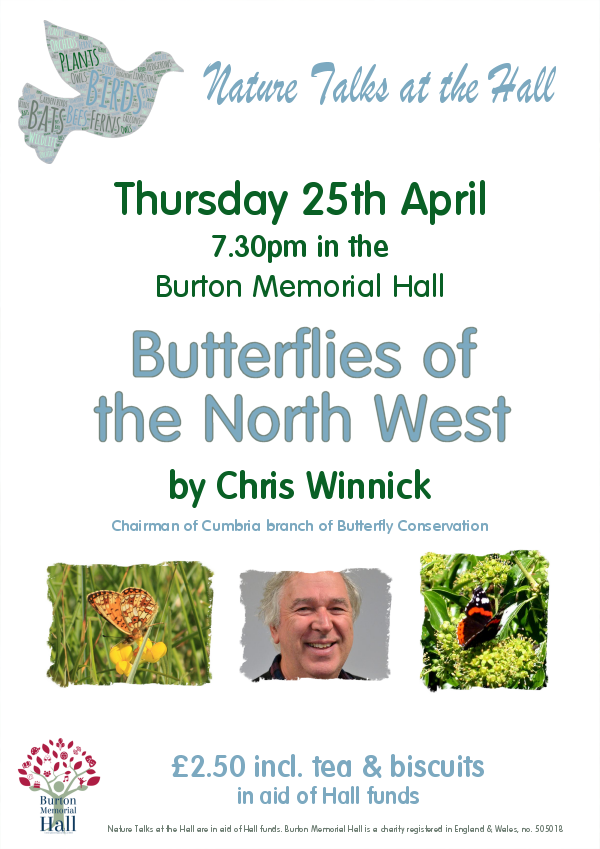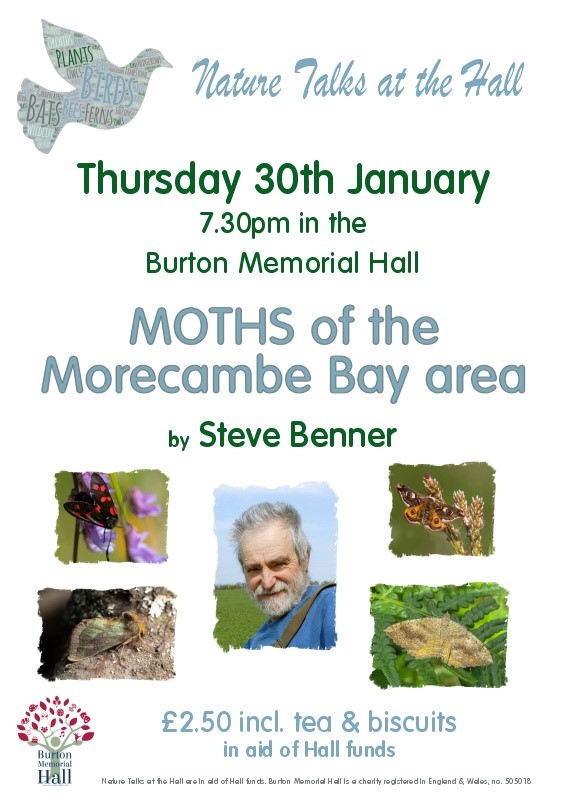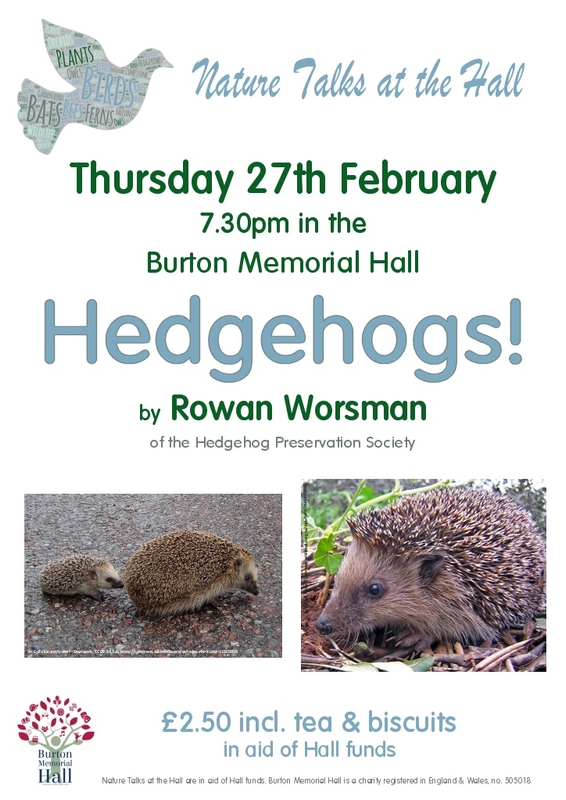More Notes on Migration – Autumn 2011.
Chaffinch and other finches.
Chaffinch this year have been in similar numbers to previous years.
Its always been a mystery to me why the birds seen at Hutton Roof (my watchpoint which is from the watershed summit of the Clawthorpe Road), traverse in a Westerley or alternatively a Easterley direction. At this watchpoint I have never seen this species go in a Southerly direction as you would expect when on autumn migration. Furthermore the same applies to other finch species as well, but there have been odd occasional exceptions where some Linnet and some Goldfinch have gone South Easterley, this could be possible due to the fact they are making wind compensation. It is not a question that all species do this E or W move because in contrast the Meadow Pipit and the Wagtails at this watchpoint always goes strictly in a Southerly direction, just occasionally with slight adjustment to SSW or SSE and probably taking in these adjustments purely for wind compensation.
I do know for a fact that if you were to stand at the bottom of Clawthorpe or on Vicarage Lane, you will see Chaffinch and other finches on migration (in a far lesser degree to HR), and they will be traversing a typical direct Southerly route, which you would expect. This route I have seen coming over Curwen Wood, Russell Farm, Dalton Estate and onward to where I would have presumed was Capernwray and Littledale. I have as yet not checked out the Kirkby Lonsdale, Lupton side. So why on earth would birds wish to traverse that short corridor either East or West as they do? Especially when they have come from the lower plains at both sides of Farleton.
Brambling this year has been poorly represented, with just the odd pair here and there. In the past I have been privy to occasional parties anywhere up to fifteen in number. I don’t think there’s a shortage, its probably a similar situation to the Thrushes this year with their marked absence as yet.
Goldfinch and Siskin have been good this year with many small parties, it is noticeable that the Goldfinch parties mainly cross over to the East or South East side. Odd parties of Siskin have been seen, but mainly they are in singles or pairs coming from the East to West.
Greenfinch, good numbers from October on, they show far later than most of the other Finches, but when they come, they seem to come with vengeance! And good parties can be seen. Equal status to West or East passage.
This year like last year did see small numbers of Twite, nothing to go mad about, but always especially pleased to see this species. In relation to Linnets, odd parties where seen, in fact one party of 32 going West. It has recently become quite noticeable that some of the “silent” finch parties going through West can be of this species. It sometimes can be so hard to hear the slightest of Linnet call and you need the highest degree of concentration with very kind winds and silent background. I have had good records of Redpoll, no high numbers, just the odds or pairs but regular.
Crossbills have been super this year with several noted pairs or small parties. Some have gone West, but the majority seem to have headed in a North East direction.
Hawfinch, not really seen any at the migration watchpoint, but have had them over on the Dalton side, presumed sedentary.
Bullfinch – a definite occasional movement through this area, the best record was a party of five moving East. But regularly seen to come in from the East and alight on nearby trees before spreading out on to the Roof.
Better than expected seawatch
-
A couple of very early morning showers then mainly overcast. A freshening
NW wind.
Seawatch by Pete:
Low/turning tide seawatch from back of heysham harbou...
3 hours ago

.jpg)
.jpg)




.jpg)




+(Small).jpg)
.JPG)


